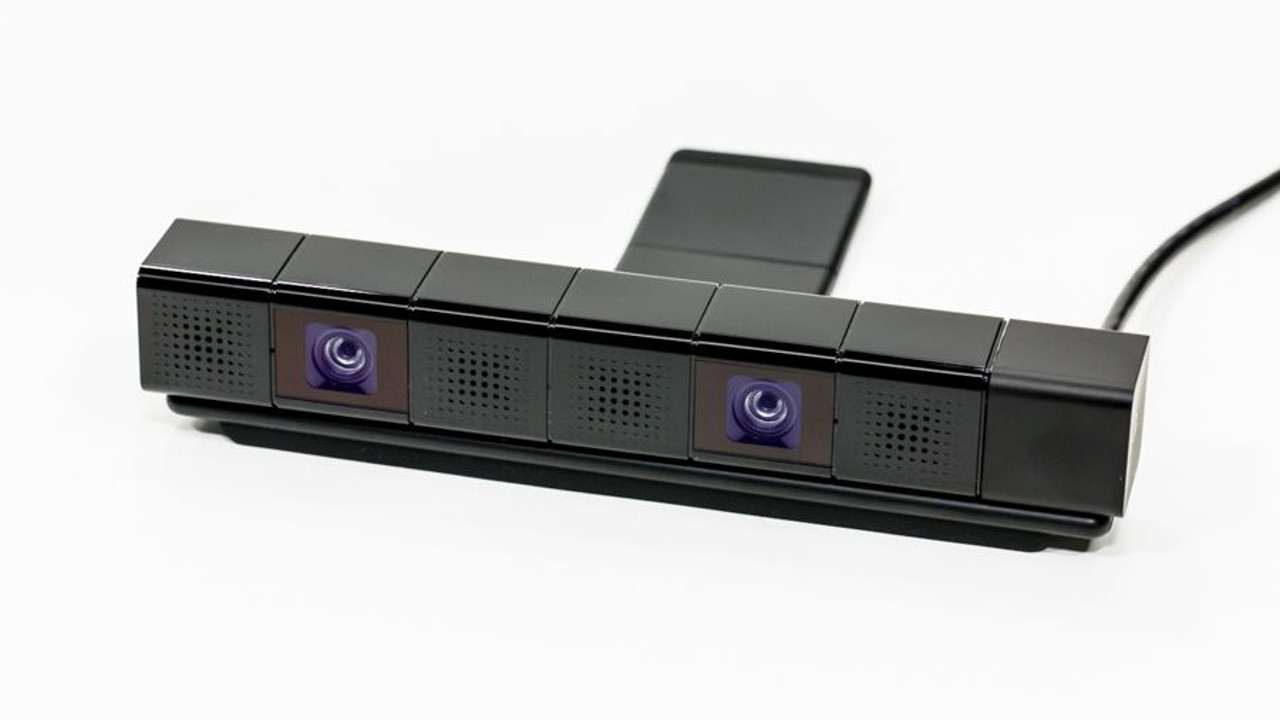
Many of the world’s most popular video games – think League of Legends, Skyrim, and Fallout – are beloved for a core reason. While excellent gameplay mechanics, skill-based rewards, expansive worlds, and burgeoning communities are all a common theme, perhaps no other single factor ties players to these titles (and keeps them coming back) than how wonderfully they connect people to their created character. People spend time (and, perhaps, more importantly) money adjusting how their avatars look, dress, and perform. It’s far from a new concept for the genre, but the most popular games have maximized these features and made it more difficult for game players to leave their virtual selves behind.
Since their beginning, sports video games have been about immersing fans into a virtual world that few of us could ever participate in a real-world setting. Most of us have dreamed of playing in professional leagues, but the closest we’ll ever get is watching the game from our couch.
While individual player career and character customization have been around sports games for years, these modes have focused more on progression-based customization instead of a “hey, that’s really me playing for Manchester United” aesthetic. There have been attempts, of course – the Tiger Woods PGA Tour titles allowed camera functions to scan our face into the game, and past boxing and MMA titles had face-morphing creation suites – but the combination of long loading times and less-than-ideal results frustrated fans. What they experienced was someone who kinda, sorta looked like them…but not really.
2K Sports took it to a new level last year with NBA 2K15 – with occasionally hilarious results – that mostly flew under the radar in terms of potential importance. When it worked well, it changed the narrative; players really got the sense that it was them participating in the story of an up-and-coming NBA hopeful, not some generic, glassy-eyed version of a crash test dummy.
This fall, the trend continues. The team behind NBA Live 16 has developed a mobile app that allows users to make a high definition representation of themselves in under 30 seconds; it was demonstrated on stage at E3 this year. I got to try the feature for myself last week, and it does indeed work as planned thus far. Even better, the results are pretty spectacular. While it has yet to be seen exactly how long this takes to transfer into the game, it is a clear indication that EA understands the magnitude of just how popular this feature can be moving forward.
The questions then are how long will this tech take to permeate the other big-time sports games, and for which ones will it be most important? It makes perfect sense for a title like Rory McIlroy PGA TOUR, a game where more than 90% of its overall users play with a created character over the course of a golf career. It would also be welcome immediately in the next EA UFC title (currently unannounced but assuredly coming some time in 2016) especially if it was centered around a revamped career mode that focused on a single player narrative.
In hindsight, personalization to the point of accurately putting me in the game is what made NBA 2K15 my runaway choice for 2014 Sports Game of the Year. There’s nothing quite like see my character, and my face, being used in actual NBA situations; interacting with real NBA coaches and players was pretty amazing.
The potential doesn’t stop with me, of course. YouTubers and Twitch streamers have quickly become influential video game community celebrities and entertainers; some of these people get watched more than a bunch of television programs. Creating unique programming based on their individual characters is their currency, and having them be able to create such accurate portraits of themselves allows for even more targeted content for their audience.
There are significant challenges, of course. Many sports simulations, for example, do not take female players into account, which is a potential landmine. The subject is a hot-button issue in the gaming community these days. While most major sports simulations do not feature female professional leagues or players, a vocal group of people calling for more gender equality across all games can make typically conservative sports game makers a little nervous about being perceived as insensitive. It’s a tightrope.
Whoever gets the tech right – making the face-scanning process from the initial photograph to applying it on the avatar quick and easy – gets a big leg up. Somewhere behind the not-quite-there-yet attempts lies the sweet spot, potentially broadening the audience. Backed by the increased fidelity of face scanning, coupled with the exposure to more narratively-driven experiences, single player career models can help expand the appeal of sports games beyond its base. The possibilities are endless.
